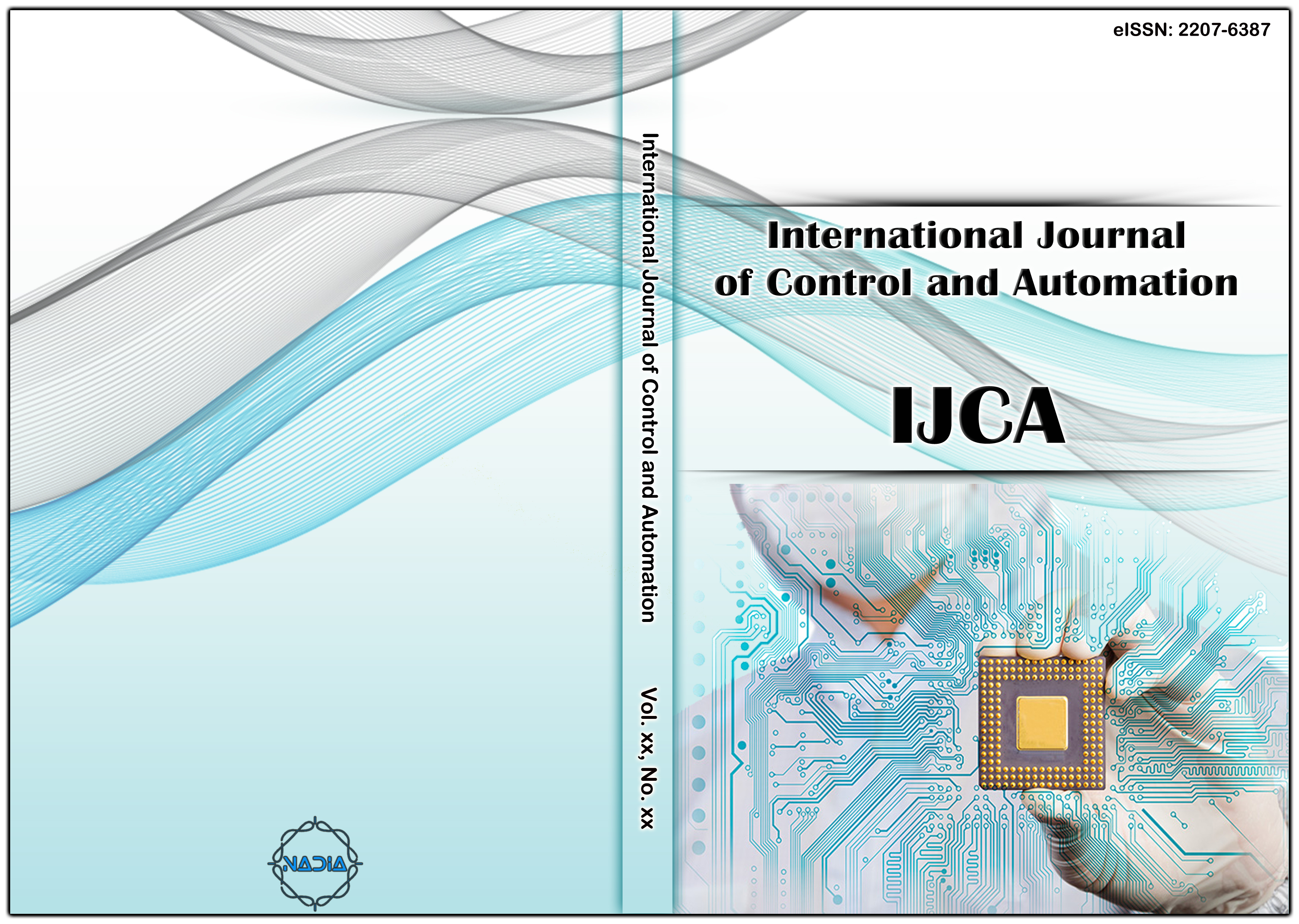Abstract:
The employment of the most suitable and efficient woods for each specific purpose demands the development of an automated method for the identification of wood species. Since each species creates different properties in wood, a reliable and nondestructive evaluation technique of identification plays an important role in suitably use of the wood. In this work, some machine learning schemes have been proposed to recognize three wood species and classify them into the correct classes. Machine learning algorithms such as C4.5 decision tree, RIPPER rule learning method and bayesian network have been tested and compared against feature extraction techniques such as Short-Time Fourier Transform and Discrete Wavelet Transform. Experimental results demonstrate that a classification accuracy of 92% could be achieved by using RIPPER rule learning algorithm in combination with Short-Time Fourier Transform.
Keywords:
Bayesian networks, C4.5 decision tree, RIPPER rule learning, Short-Time Fourier Transform
References:
[1] H. Schiffer and N. Schiffer, Woods We Live With, Schiffer Limited, Exton, Pennsylvania, 1977.
[2] Bond, B., Hamner, P.:Wood identification for hardwood and softwood species native to Tennessee. Agricultural Extension Service, Knoxville, 2002.
[3] U.B. Halabe and C.E. Solomon, "Nondestructive Evaluation of Wooden and Metallic structures using Ultrasonic Method", Report No. CFC-92-151, Constructed Facilities Center, West Virginia University, WV, 1992.
[4] A McNab and I Dunlop, “Artificial intelligence techniques for the automated analysis of ultrasonic NDT data”, IEE Colloquium on Advances in Transducers, Equipment and Data Processing to Improve the Reliability of NDT, pp. 1-8, 1990.
[5] M Vetterli, J Kovacevic, “Wavelets and Subband Coding”, Dover Publications, Incorporated, 2013.
[6] T. Mitchell, Machine Learning, McGraw-Hill Science/Engineering/Math, New York, NY, 1997.
[7] Han, J., & Kamber, M., Data mining: Concepts and techniques. 3rd edition, Morgan Kaufmann Publishers, 2011.
[8] Gray, R. M., Entropy and information theory. 2nd edition, Springer US, 2014.
[9] Quinlan, J. R., C4.5: Programs for machine learning. San Francisco: Morgan Kauffman, 1993.
[10] Furnkranz, J., Separate-and-conquer rule learning. Artificial Intelligence Review, 13, 3–54, 1999.
[11] Cohen, W. W., Fast effective rule induction. Proceedings of International Conference on Machine Learning, Lake Tahoe, CA, 1995.
[12] Ian H. Witten, Eibe Frank, Data Mining: Practical Machine Learning Tools and Techniques, 3rd edition, Morgan Kaufman publisher, 2011.
[13] Pearl, J., Probabilistic Reasoning in Intelligent Systems: Networks of Plausible Inference. Morgan Kaufmann, Los Altos, CA, 1988.
[14] Heckerman D. A Tutorial with Learning Bayesian Networks. Technical Report, Microsoft, 1996.
[15] Suzuki J. Learning Bayesian belief networks based on the minimum description length principle: basic properties. IEICE Transactions on Fundamentals, 1999, 82(10): 2237−2245.
[16] M Cowling, R Sitte, ‘Comparison of techniques for environmental sound recognition’, Pattern Recognition Letters, Vol. 24, No. 15, pp.2895-2907, 2003.
Citations:
APA:
Alesheykh, R. (2020). Determination of Wood Species Based on Machine Learning Schemes. International Journal of Control and Automation (IJCA), ISSN: 2005-4297 (Print); 2207-6387 (Online), NADIA, 13(5), 31-38. doi: 10.33832/ijca.2020.13.5.04.
MLA:
Alesheykh, R., “Determination of Wood Species Based on Machine Learning Schemes.” International Journal of Control and Automation, ISSN: 2005-4297 (Print); 2207-6387 (Online), NADIA, vol. 13, no. 5, 2020, pp. 31-38. IJCA, http://article.nadiapub.com/IJCA/vol13_no5/4.html.
IEEE:
[1] R. Alesheykh, "Determination of Wood Species Based on Machine Learning Schemes." International Journal of Control and Automation (IJCA), ISSN: 2005-4297 (Print); 2207-6387 (Online), NADIA, vol. 13, no. 5, pp. 31-38, May 2020.
